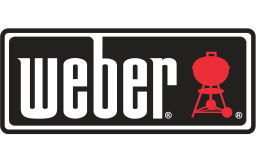Search help
- Check for typos and spelling errors.
- Try more generic keywords.
- If you’re looking for a specific item from a printed ad, enter the search term or item number as shown.
Need additional assistance?
- Call Do it Best Customer Service at (855) 828-9792 or send us a message.





